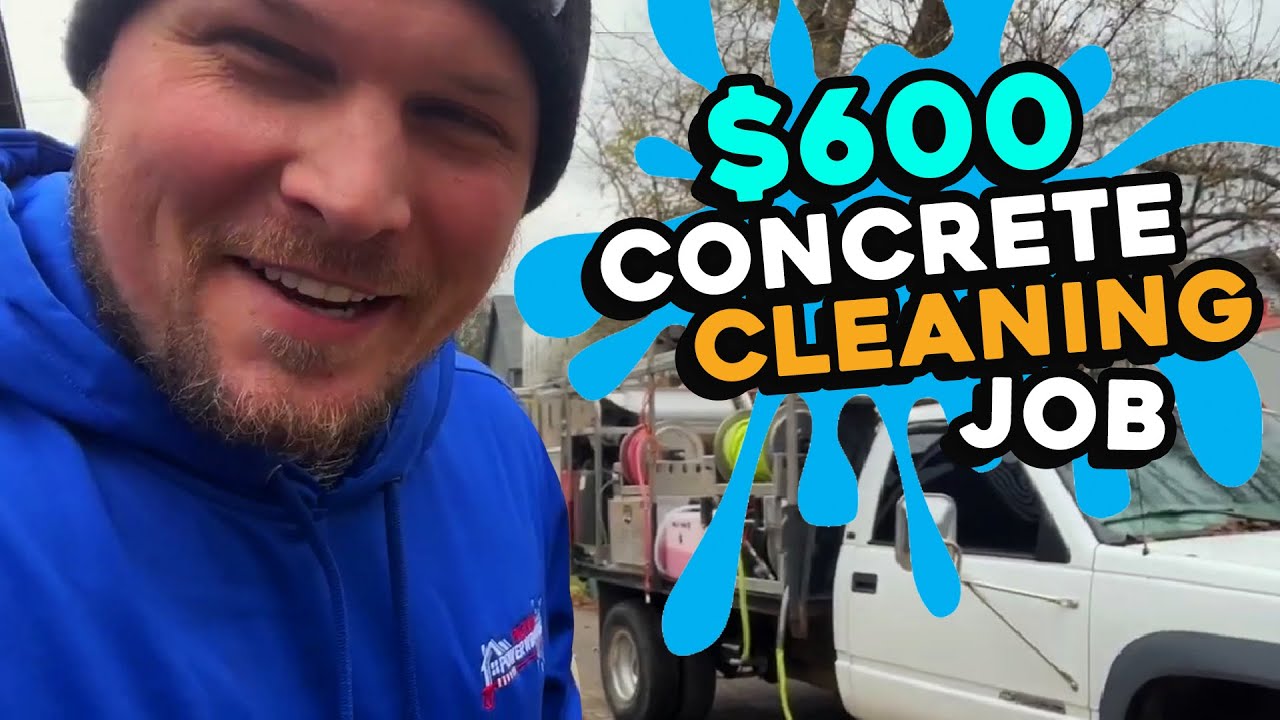What's up, guys? Welcome back to the channel! Today, we're diving into an often overlooked but incredibly useful skill: sealing a vertical wall. Sealing surfaces isn't new, but tackling a vertical wall presents unique challenges. I'm here to show you how to seal a cinder block wall effectively, preventing water penetration and algae growth for years to come.
Why Seal Vertical Surfaces?
You might wonder why you'd need to seal a vertical surface. It all depends on your goals. For instance, sealing a cinder block wall can prevent water from seeping through and inhibit algae growth for 3 to 5 years. This is especially valuable for customers who want to maintain the integrity and appearance of their walls.
Meet the Wall
Today, we're working on a bare cinder block wall that's been standing since the 1950s. It's porous and has some cracks, making it a perfect candidate for sealing. This demonstration will show you how to achieve a professional finish with ease.
The Sealant: Super Seal
We'll be using Super Seal from Southeast Softwash. This sealant is user-friendly with a one-step application—no blending or catalysts required. It dries flat and clear, so you won't even notice it's there until water hits the surface and beads up, showing it's effectively sealed.
Tools and Techniques
Disposable Sprayer: For small jobs, I prefer using a disposable sprayer. While reusable sprayers with pumps can be great, they require thorough cleaning to prevent the pump from getting clogged. Disposable sprayers save time and hassle.
Application: Simply spray the Super Seal evenly across the surface. It's forgiving, so even if your sprayer isn't perfect, the final result will still be smooth and effective.
Sealing Process
Preparation: Ensure the wall is clean and dry. Address any cracks or holes with appropriate fillers before applying the sealant.
Spraying: Using a disposable sprayer, apply the Super Seal evenly over the wall. It's crucial to cover the entire surface to ensure complete protection.
Drying Time: Allow the sealant to dry as per the manufacturer's instructions. Super Seal dries clear and without sheen, making it invisible until it meets water.
Results
After allowing the sealant to dry, I'll demonstrate its effectiveness by spraying water on the sealed wall. The water will bead up and roll off, showing that no moisture is penetrating the surface.
Conclusion
Sealing a vertical wall might seem daunting, but with the right tools and sealant, it's straightforward and effective. Super Seal from Southeast Softwash is a fantastic choice for this job, providing long-lasting protection without the hassle of complex mixing or application issues.
For those starting a pressure washing business or looking to expand their services, mastering wall sealing can be a valuable addition. To learn more about equipment, chemical mixing, and other essential skills, check out the "How to Wash" course linked in the description and comments.
Thanks for watching, and happy sealing!
















